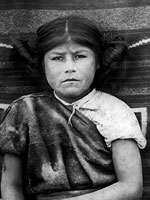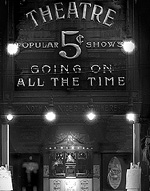C.M. Russell Museum [MT]
The C.M. Russell Museum is dedicated to the art of C.M. Russell, an artist who painted landscapes of the American West during the late 19th and early 20th centuries. The museum offers five permanent exhibits of Russell's work spanning his entire lifetime as well as galleries devoted to other artists who also portrayed the West. Visiting exhibits include information on Native Americans, bison, and the culture of the West.
The Museum offers field trips free of charge to school groups and homeschoolers. Themes for school tours include C.M. Russell, Montana history, Native American life, current exhibits, and a special 5th grade tour. Special school tours and activities are available during Native American Awareness Day (the 4th Friday in September). All field trips include a hand-on activity.


